The phrase “Great American Novel” is bandied about so much that it has begun to lose its meaning – one list gives almost 300 of them. But which novels are actually about America, rather than just being set in America? Which novels really unpick the American Dream and tell us something new about what makes the country tick? There are some familiar titles here, which have earned their “Great American Novel” status by providing insight into American life, but there are also less well-known titles that deserve the recognition. Find out which ones made the list in our Top 10 Novels About America.
10. An American Tragedy

At the heart of the American Dream is the idea that anyone can “make it” and become rich and successful. And that’s the dream for the protagonist of this book – Clyde Griffiths, who escapes his restrictive life as a preacher’s son to search for that elusive wealth. And he almost makes it several times – a career as a bellboy provides fast money but has to be abandoned, a job at his uncle’s factory proves disappointing and a courtship with a rich girl is endangered by another girl’s pregnancy. It’s this last disappointment that leads Clyde to contemplate murder…
The book is based on a real-life murder case and tears into the aspirations and social climbing that was so important at the time. The use of the word “tragedy” suggests a certain inevitability, and it is perhaps inevitable that a society where everyone is clamoring over everyone else to reach the top will eventually end in disaster. It’s not an easy read – the sentences are somewhat wordy – but it is an intriguing one.
9. To Kill a Mockingbird
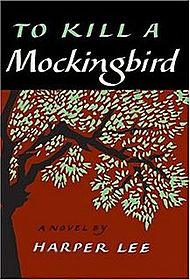
There aren’t many novels that capture small-town America as acutely as this 1960 classic does. Set in the fictitious Maycomb, Alabama it tells the story of Atticus Finch, a white lawyer as he defends a black man on a rape charge. It’s told from the perspective of Scout, Atticus’ 9-year-old daughter, and so the narrative has a certain innocence about it that quickly unravels in the face of the racism and hatred Scout witnesses.
It works as a novel about America on two levels – on one side, there’s the warmth and community to be found in towns like Maycomb across the country, but on the other there’s the racism that lay deep in the heart of America at the time of writing (during the Civil Rights Movement), and also at the time the novel was set – the Depression era. It asks a lot of questions about morality and also provides a strong moral role model in the form of Atticus, but it’s also a great portrait of 1930s America.
8. Winesburg, Ohio
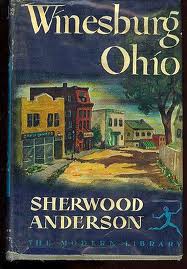
Another study of small-town life, this is actually a collection of short stories, that are interlinked around the life of George Willard who grows up throughout the collection. It’s another fictional town, unrelated to the actual Winesburg Ohio (some say it’s based on Clyde, Ohio where the author Sherwood Anderson grew up) and each story takes on a different protagonist, examining their relationships within the town but also with the outside world. It’s a view of America that’s now outdated, thanks to modern advances since its publication in 1919, but it’s an interesting look into the lives of ordinary people in what was then still a relatively new country.
7. The Great Gatsby
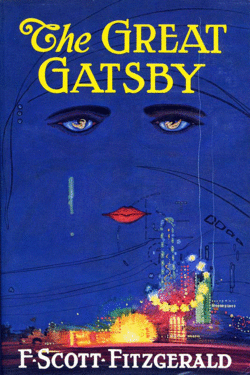
A classic of the Prohibition Era, this novel is often regarded at the best dissection of the American Dream. The eponymous Gatsby is a symbol of what you can achieve in America if you start with nothing – wealth, fame and popularity. But it’s all revealed to be shallow and meaningless if you don’t also have love.
It’s another tragedy, in a way, with the whole novel pointing towards an inevitable conclusion but it’s also an observation of the high society of New York in the 1920s. Politicians mix with gangsters and celebrities in the speakeasies and corruption is rife. These are painted as good times, but also unsustainable – the materialism and consumerism couldn’t last forever and this was to be proven a few years later with the Wall Street Crash. It’s a short novel – a tenth of the length of some here – but it’s an important piece of literature.
6. Fear and Loathing in Las Vegas
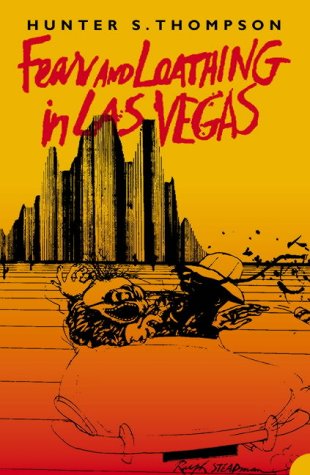
Controversial on release in 1971 due to the copious amounts of drug taking, this novel has since become a classic of American fiction. It’s written in a stream-of-consciousness style, fitting with the druggy theme of the book, and centers around a roadtrip to Las Vegas for work purposes that quickly unravels.
There’s not much in the way of plot, and some readers absolutely hated it (one Amazon review called it “sordid, squalid and depressing, with no redeeming qualities”) but it captures the Zeitgeist of 1970s America – the generation that found mind-expanding drugs and dropped out of mainstream society. And if you’re wondering at the author’s credentials when it comes to drug experiences – the book was based on a roadtrip that Hunter S. Thompson did himself. I think you can safely say it’s well-researched…
5. Revolutionary Road
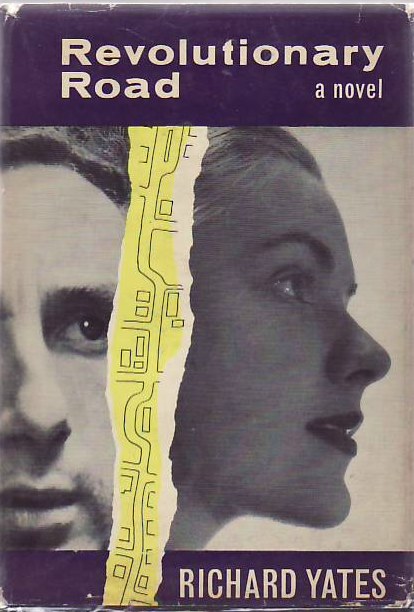
The 1950s American ideal was to find a suitable mate and settle down in a house in the suburbs with a couple of kids and a steady job, right? This book pulled apart that ideal, with its depiction of an ordinary couple (Frank and April Wheeler) who thought they were doing the right thing, but ended up deeply unhappy. There is a glimmer of hope, once their kids are no longer babies, that they can all move to France and fulfill the nomadic dreams they once had. But fate intervenes and the dream is never realized.
Richard Yates, the author, said “If my work has a theme, I suspect it is a simple one: that most human beings are inescapably alone, and therein lies their tragedy”. That’s the message at the heart of this book – the characters think they will be happy if they do as everyone expects them to, but they end up isolated from the world and each other. A stinging satire on the 1950s suburbs.
4. The 42nd Parallel

The first part of his “U.S.A. Trilogy”, The 42nd Parallel traces the lives of five Americans at the start of the 20th Century. It was a time when America was still establishing itself, and separating from the other world powers and a time when individuals were keen to climb the social ladder. Both these themes are evident in the story, as the working-class characters move to New York and try to break into society or try and make a life for themselves as a worker. The scope of the novel is broad, and there’s something in there that everyone can relate to – the class struggle is still relevant to today. It’s been described as “so important to the America’s past and present societal psyche that it should be taught in her public schools” and it’s a real insight into what made this country work.
3. The Catcher in the Rye
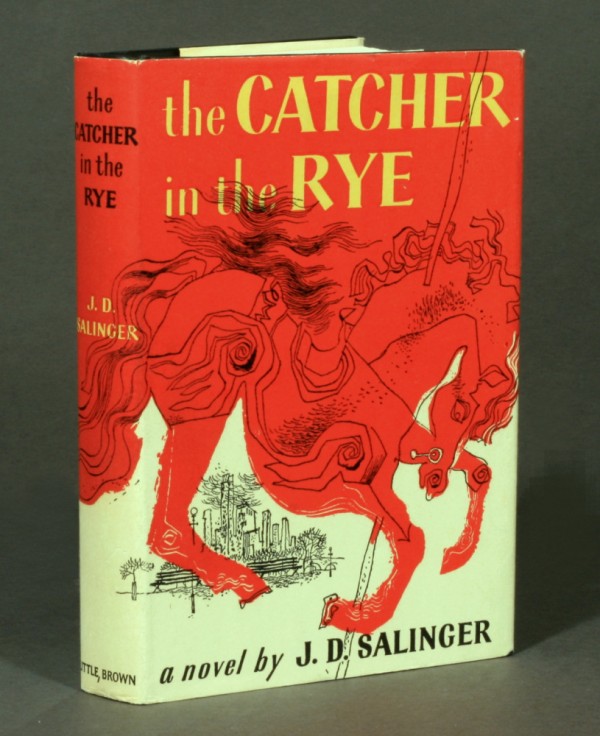
A great coming-of-age novel, this book explores a young man alone in Manhattan after having been expelled from school. There’s no real overarching plot – it’s just Holden Caulfield wandering around New York, asking cab drivers questions about ducks and almost losing his virginity but not quite. And yet, it’s a literary classic. Holden isn’t always sympathetic as a protagonist, but there is a childlike innocence about him that’s appealing and his loneliness throughout the book echoes what Richard Yates says about human beings ending up alone. It’s semi-autobiographical and explores teenage rebellion, in the face of expected norms. It’s been banned and debated due to its explicit content but it makes compelling reading.
2. On the Road
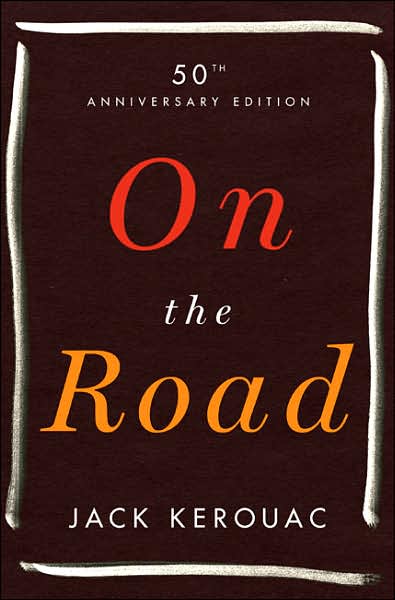
The novel that inspired a thousand teenage roadtrips, this encompasses the breadth of America from San Francisco to New York. It was supposedly written in three weeks, but those three weeks didn’t include the years of driving across the country, and note-taking that Kerouac did in pursuit of his novel. The book is divided into five episodic parts, but is chiefly about a pair of friends Salvatore Paradise and Dean Moriarty who travel across America together, meeting women, listening to jazz and taking drugs. Unsurprisingly, there was quite some backlash against the book when it first hit conservative America in 1957, but it has since become appreciated as a classic of the Beat Generation of which Kerouac and his friend Neal Cassady (the real life Dean Moriarty) were part. Essential reading for anyone interested in jazz, America, the 1950s or just human nature.
1. Huckleberry Finn
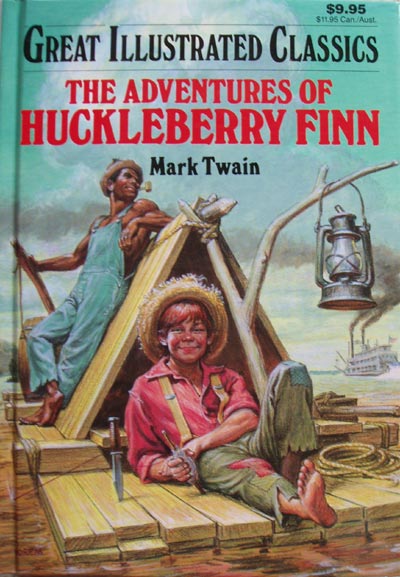
But when it come to novels about America, there is none more definitive than Huckleberry Finn. A simple tale of a boy’s friendship with a slave that crosses the boundaries of age and race, it was a condemnation of the divided society of the time and revolutionary in its attitude towards black men. It was published in 1885, but set around 50 years earlier in the Deep South and chronicles Huck and Jim’s journey along the Mississippi River in beautiful detail. It is significant for its account of 19th century America and the way that slaves were treated, but it is also a journey novel and a coming of age novel too. A deserved classic.